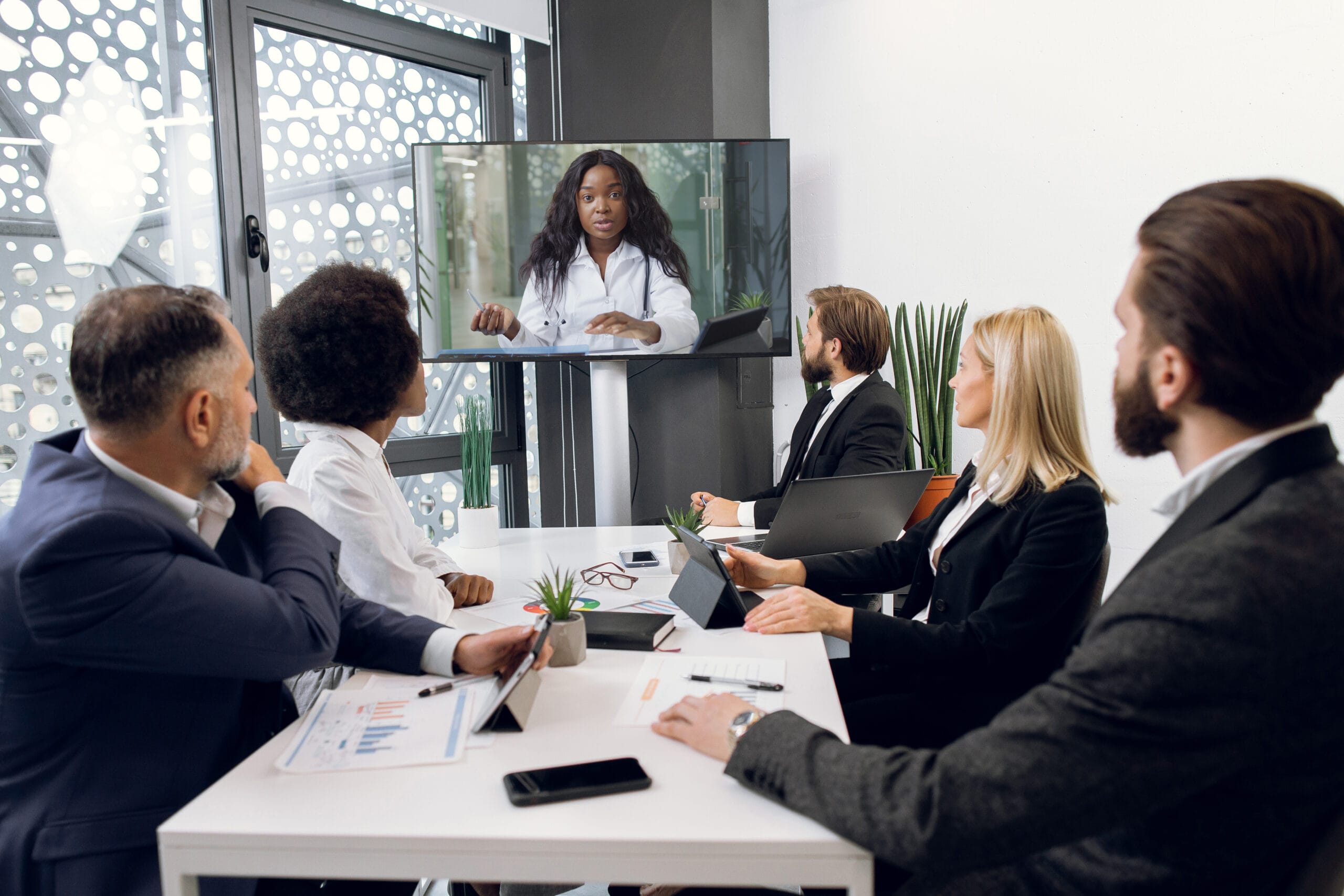Get professional trial presentations to improve your legal arguments.
Get professional trial presentations to improve your legal arguments.
Blog Article
Exactly How Trial Presentations Enhance Your Disagreement and Encourage Jurors
Test presentations serve as a critical device for boosting legal arguments and convincing jurors. The strategic use of visuals not just clarifies complex details yet also captures jurors' focus extra effectively than words alone.

Significance of Aesthetic Help
Visual help play an important duty in enhancing the effectiveness of trial discussions, as they can dramatically boost audience involvement and retention of info. In the context of a trial, where jurors are tasked with processing facility information, visual help serve to streamline and clear up bottom lines. Charts, graphs, and images can share information and concepts that might or else overwhelm or confuse jurors, permitting a more simple understanding of the evidence provided.
Furthermore, visual aids assist in maintaining juror interest throughout the procedures. By damaging the dullness of spoken testimony, these tools can punctuate essential debates, making them a lot more remarkable. Effective visual aids can additionally evoke psychological reactions, which can be critical in persuading jurors to line up with the presenter's narrative.

Crafting Engaging Narratives
An engaging narrative is essential in test discussions, as it functions as the foundation of reliable persuasion. It permits lawyers to weave with each other realities, evidence, and emotional elements right into a systematic tale that reverberates with jurors. This narrative framework makes it possible for jurors to comprehend the intricacies of the situation while guiding them via the lawyer's disagreement.
To craft a compelling narrative, lawyers must concentrate on clearness and coherence. This includes establishing a clear protagonist-- usually the customer-- and describing their journey via the events in inquiry. Providing the truths in a rational sequence boosts comprehension and maintains interaction. In addition, using vivid descriptions can produce psychological pictures that help jurors picture the events, making the story much more memorable.
Additionally, incorporating vital themes throughout the presentation strengthens the core message and help in retention - trial presentations. The narrative ought to not just share information however also evoke a feeling of justice, highlighting the stakes included. Ultimately, a sound story fosters a link in between the jurors and the instance, positioning the lawyer's disagreement as both legitimate and compelling, thus enhancing the chance of a positive verdict

Engaging the Court Mentally
Effective jury involvement pivots on the attorney's capacity to get in touch with jurors on an emotional level. This connection can significantly influence jurors' perceptions and their ultimate decision-making. Using sob stories permits attorneys to humanize the case, transforming abstract lawful concepts into relatable experiences. By presenting real-life stories or testimonials, attorneys can evoke compassion and concern, fostering a much deeper understanding of the problems at risk.
Aesthetic help, such as photographs or videos, can even more improve emotional involvement, giving jurors with dazzling depictions of the instance's human components. Crafting a story that highlights the struggles and accomplishments of the people included makes certain that jurors see past the lawful arguments and recognize the human consequences of their decisions.
Moreover, tone and body language play a crucial duty in conveying emotion. A lawyer's passionate distribution can resonate with jurors, reinforcing their psychological financial investment in case. It's necessary to balance psychological charms with factual evidence, ensuring that jurors really feel urged to act while staying grounded in the fact. Ultimately, an emotionally engaged court is most likely to be convinced, making psychological connection a crucial part of reliable test presentations.
Structuring Your Presentation

The body of the presentation should be logically segmented right into essential factors, each supported by compelling proof. It is valuable to use storytelling techniques to weave realities into a narrative that jurors can easily follow. Visual aids, such as charts and video clips, can enhance comprehension and involvement, aiding to highlight essential items of evidence.
Real-World Instance Research Studies
Analyzing real-world study supplies vital understandings right into the art of trial discussions and persuasion. For example, the site case of "O.J. Simpson v. The Individuals of The golden state" highlights just how aesthetic aids and compelling stories can guide jury assumptions. The defense team properly employed an approach that integrated top-level professional testimonies with multimedia discussions, which mesmerized jurors and inevitably influenced their decision.
Another notable example is the "McDonald's Coffee Instance," where the plaintiff's lawyers utilized graphic photos of the injuries suffered by Stella Liebeck. trial presentations. This raw visual evidence played a critical role in sharing More Bonuses the seriousness of her burns, causing a significant jury honor. Such instances demonstrate that impactful trial presentations often hinge on the effective combination of visuals and storytelling to evoke emotional actions from jurors
Moreover, the "Casey Anthony Test" highlighted the importance of narrative coherence and integrity. The prosecution's failing to develop a compelling timeline reduced their influential power, underscoring the necessity of a well-structured discussion. Evaluating these cases exposes that effective trial discussions require strategic preparation, psychological involvement, and the ability to resonate with jurors' worths and ideas.
Conclusion
Test discussions substantially enhance debates and encourage jurors through the calculated use of aesthetic help, compelling stories, and emotional engagement. A well-structured presentation balances psychological appeals with factual proof, inevitably resonating with jurors' worths.
Report this page